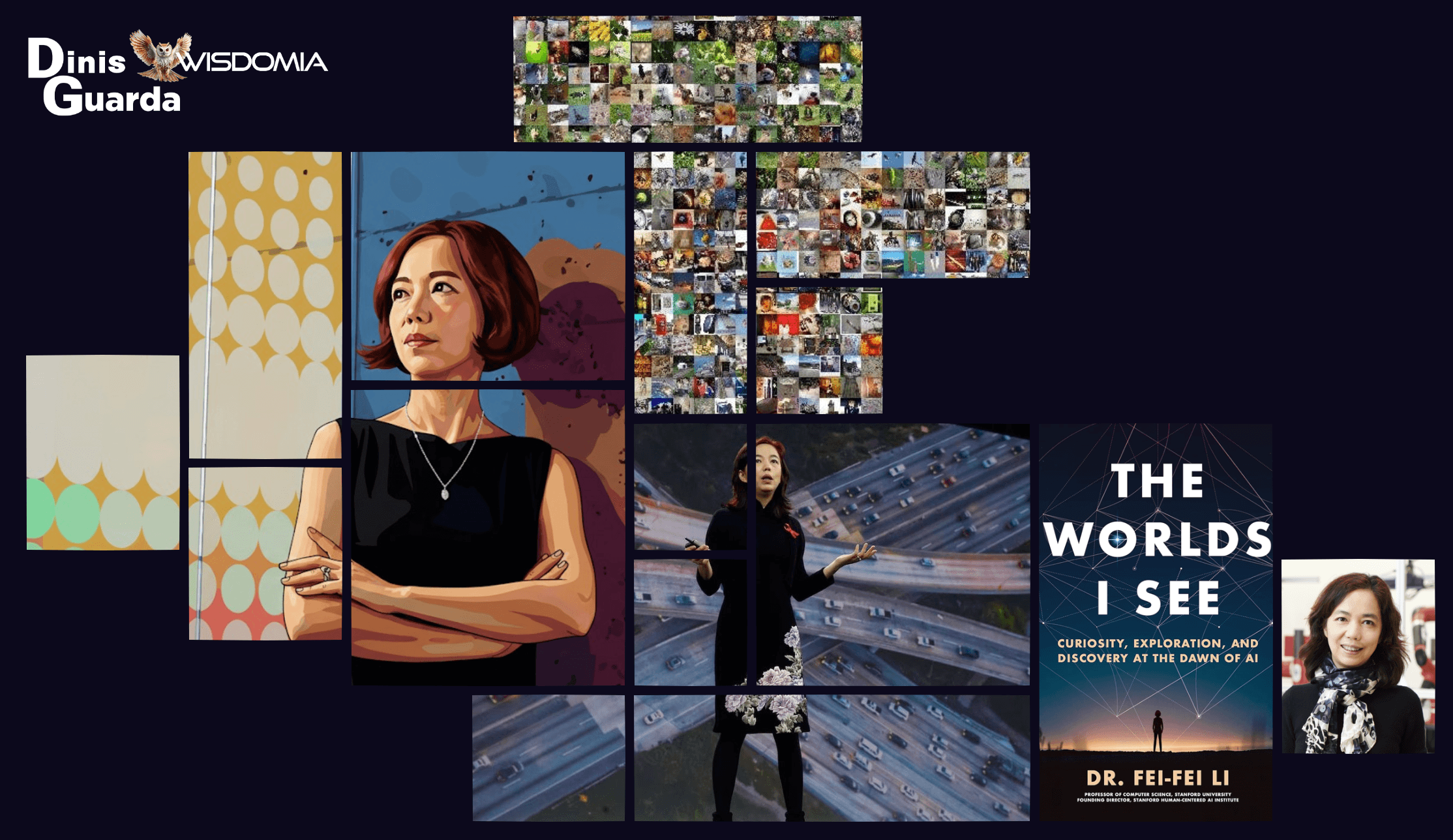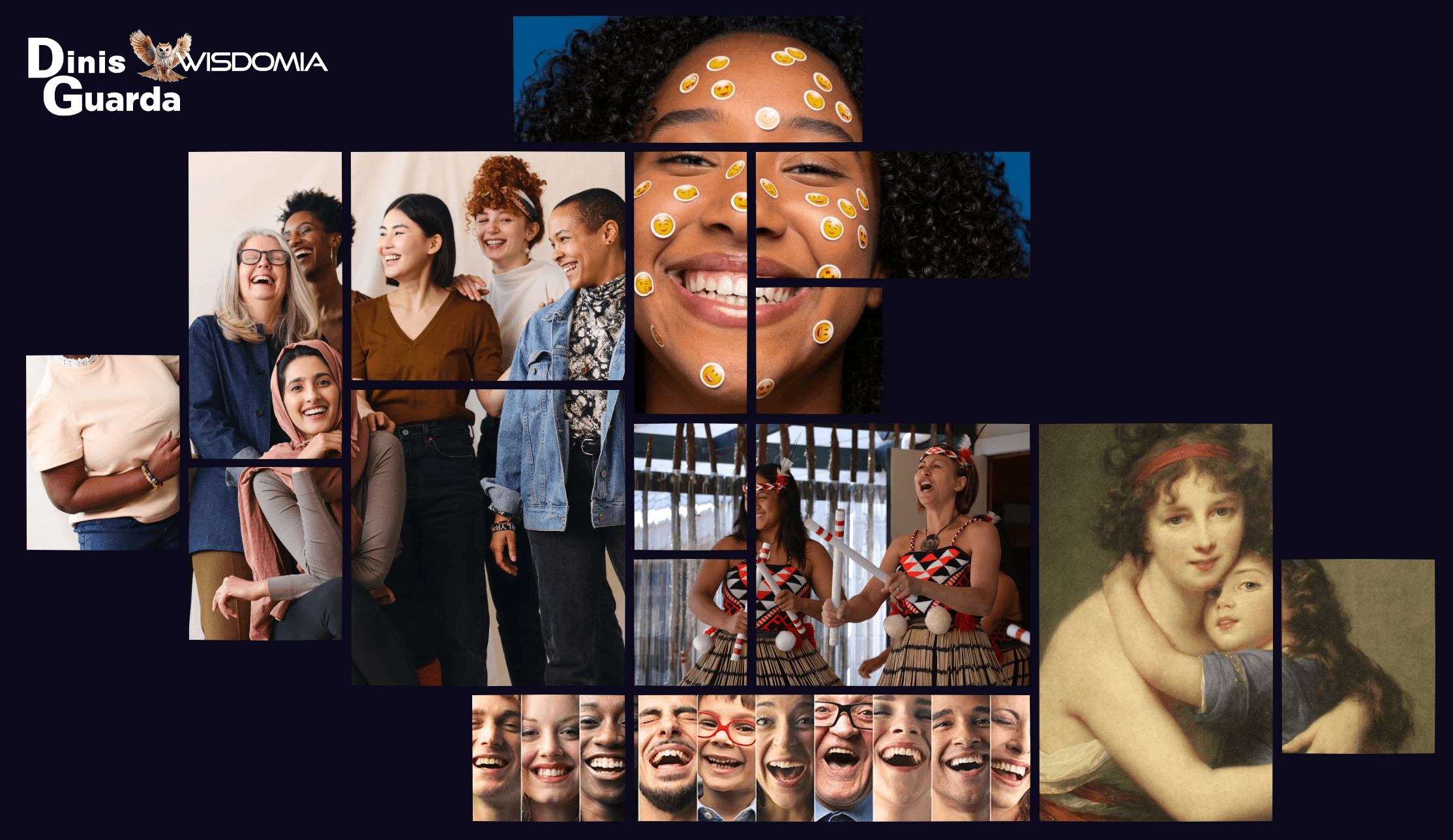Constance Lloyd: The Brilliant Woman Behind Oscar Wilde
Sara Srifi
Fri Aug 01 2025

Discover the woman history overlooked: Constance Lloyd — the brilliant mind behind Oscar Wilde. More than “Mrs. Wilde,” she was a feminist, writer, and fashion reformer who challenged Victorian norms and helped shape cultural change. Her story is one of courage, creativity, and lasting influence.
Constance Lloyd: The Brilliant Woman Behind Oscar Wilde
In the glittering salons of 1880s London, where art and intellect danced together in the Aesthetic Movement, one woman stood as a formidable force in her own right—yet history has largely remembered her only as "Mrs. Oscar Wilde." Constance Lloyd was far more than the wife of a famous playwright; she was a pioneering feminist, accomplished writer, fashion revolutionary, and cultural critic whose contributions to Victorian society deserve recognition independent of her husband's shadow.
The Making of a Modern Woman
Born in 1858 into comfortable middle-class circumstances, Constance Lloyd had the luxury of viewing marriage as a choice rather than economic necessity. This freedom, rare for women of her era, shaped her into a fiercely independent thinker. As a young woman of twenty-one living independently in London, she wrote to her brother with remarkable prescience: "If I eventually do not marry, I will not live with Auntie all my life, I shall do something… I want something specific to do to prevent my continually dreaming 'til I get perfectly morbid."
London in the 1880s was experiencing a cultural renaissance that welcomed women as more than mere muses. Art schools and galleries began to fill with young women, no longer satisfied with simply playing the muse, who desired to create. The Grosvenor Gallery became a meeting place where women could converse with artists and display their own work, while London's first restaurant for women, Dorothy's, opened on Oxford Street with the radical proposition of providing a space where women could dine alone.
An Intellectual Partnership Begins
When Constance met Oscar Wilde in the early 1880s, she was no passive admirer. From their earliest correspondence, she demonstrated the intellectual courage to challenge his ideas, writing boldly: "I'm afraid you & I disagree in our opinion on art, for I hold that there is no perfect art without perfect morality, whilst you say they are distinct & separable things." This intellectual sparring revealed a woman unafraid to engage with one of the era's most celebrated wits on equal terms.
Their courtship letters reveal a deeply romantic connection. After their engagement, Constance wrote with poetic intensity: "How can I answer your letters, they are far too beautiful for any words of mine, I can only dream of you all day long…If you had your magic crystal you would see nothing, believe me, but your own dear image there forever, and in my eyes you shall see reflected nought but my love for you."
A Marriage of Minds and Progressive Ideals
When Constance married Oscar in 1884, she entered the union at a pivotal moment in women's legal history. The passage of the Married Women's Property Act in 1882 meant that when Constance married Oscar, a woman could now own, buy, or sell property, was responsible for her own debts, and was her own legal entity, separate from her husband. This legal framework allowed Constance to maintain her independence even within marriage.
Together, the couple became pioneers of the dress reform movement, a cause intimately connected to women's liberation. Constance wore "artistic" gowns and divided skirts, an important statement for women of the era, for Dress Reform was closely linked with the early feminist movement. An ardent feminist, she was a member of the Rational Dress Society which likened corsets to binding women's feet and advocated the fairer sex should not be expected to don undergarments weighing upward of seven pounds.
Literary Achievements and Cultural Contributions
While Oscar gained fame for his plays and wit, Constance was building her own literary reputation. In 1888, Constance Wilde published a book based on children's stories she had heard from her grandmother, called There Was Once. Throughout her career, she contributed to newspapers and journals, edited a periodical on dress reform, and published two books of children's stories as well as an anthology of her husband's epigrams.
By 1894, Constance started collecting famous sayings from Oscar Wilde's writings. This collection was called "Oscariana" and was published the next year, demonstrating her role not just as wife but as literary curator and promoter of Oscar's work.
Beyond her writing, she was an educated, intelligent, gracious woman who was also a gifted linguist, author of children's stories, and amateur photographer. Oscar recognized her capabilities, advocating through his women's magazine for a broader role for women: “we should take a wider range, as well as a high standpoint, and deal not merely with what women wear, but with what they think, and what they feel.”
The Complex Dance of Independence and Devotion
As the years progressed, the Wilde marriage evolved into something both pioneering and painful. Oscar taught her the ways of a divided love, as freeing or as painful as that might be. While Oscar pursued his relationships with men, particularly Lord Alfred Douglas, Constance carved out her own sphere of influence as a social reformer and cultural figure.
She enthusiastically embraced the ideals of the Aesthetic Movement, publicly championing the emerging feminist passion for greater freedoms in dress and behavior, and becoming a fashion icon. Constance believed in greater equality for women and supported the suffragette movement in England. She wanted to have some sort of career and Oscar supported her efforts.
Tragedy and Resilience
The couple's world shattered in 1895 when Oscar's relationship with Lord Alfred Douglas became public, leading to his imprisonment for "gross indecency." The scandal transformed Constance from celebrated society hostess to exile. She changed her surname and that of her children from Wilde to Holland, seeking to protect them from the stigma.
When she died in exile in Italy at the young age of forty, she was separated from Oscar and living under a pseudonym. Her grave had no mention of her famous husband until many years later, when her brother added the no-longer-tarnished title, "Wife of Oscar Wilde."
Legacy of a Forgotten Pioneer
Constance Lloyd's story illuminates the complex negotiations Victorian women made between independence and convention, between personal fulfillment and social expectations. Constance Lloyd was a driven, creative, passionate, humorous, and fiercely modern woman, both when she wed Wilde and when she separated from him.
Her contributions to dress reform, children's literature, and feminist discourse positioned her at the forefront of social change. She embodied the "New Woman" of the late Victorian era, educated, politically engaged, and unwilling to be confined by traditional gender roles.
Today, as we reconsider the narratives of history, Constance Lloyd emerges not as a footnote to Oscar Wilde's story, but as a fascinating figure in her own right: a woman who navigated the treacherous waters of Victorian society with intelligence, courage, and an unwavering commitment to progress.
References and Further Reading
- Moyle, Franny. Constance: The Tragic and Scandalous Life of Mrs. Oscar Wilde. London: John Murray, 2011.
- "The Tragic and Scandalous Life of Mrs. Oscar Wilde" - The Marginalian
- "Constance Wilde" - Wikipedia
- "How Constance and Oscar Wilde Helped Get Women Into Trousers" - Atlas Obscura
- "The enigmatic illness and death of Constance, wife of Oscar Wilde" - The Lancet
- "The Importance of Being Constance: Mrs. Oscar Wilde" - Marlene Wagman-Geller
previous
Magnolia Flower Meaning: Ancient Symbolism and Spiritual Significance Across Cultures
next
The Blue Heron: Ancient Wisdom and Modern Meaning
Share this

Sara Srifi
Sara is a Software Engineering and Business student with a passion for astronomy, cultural studies, and human-centered storytelling. She explores the quiet intersections between science, identity, and imagination, reflecting on how space, art, and society shape the way we understand ourselves and the world around us. Her writing draws on curiosity and lived experience to bridge disciplines and spark dialogue across cultures.
More Articles

Fei-Fei Li – World-Building: Human Centric AI

The Science and Soul of Smiling: Why Your Face Holds the Power to Transform Your Life

The Switz Birds: Where Chaos Meets Curiosity

How AI Is Rewiring the Learning Brain: The Hidden Costs of Cognitive Convenience

The Creative Contract Between Humans and Earth: Restoring Reciprocity with the Living World





